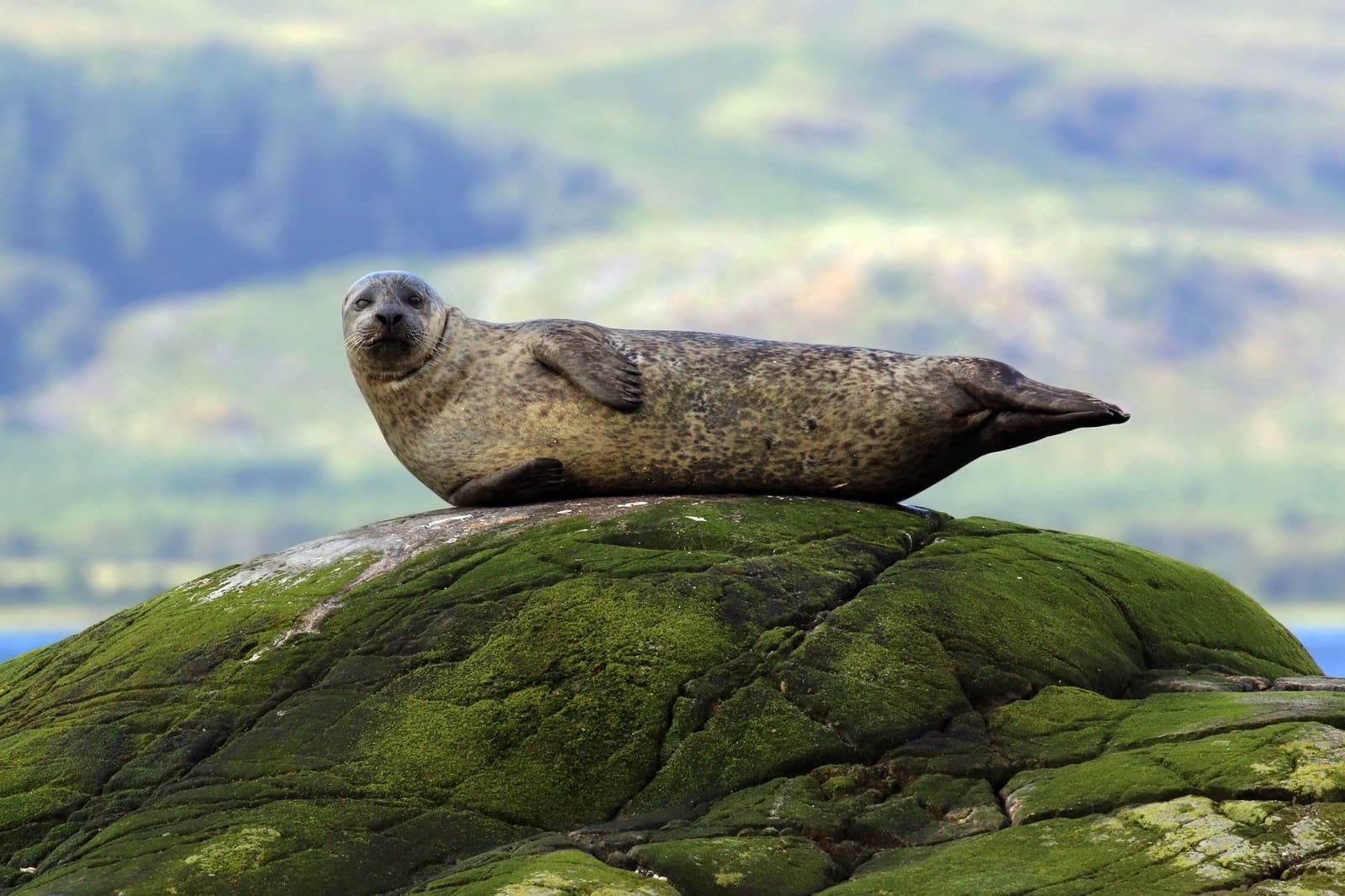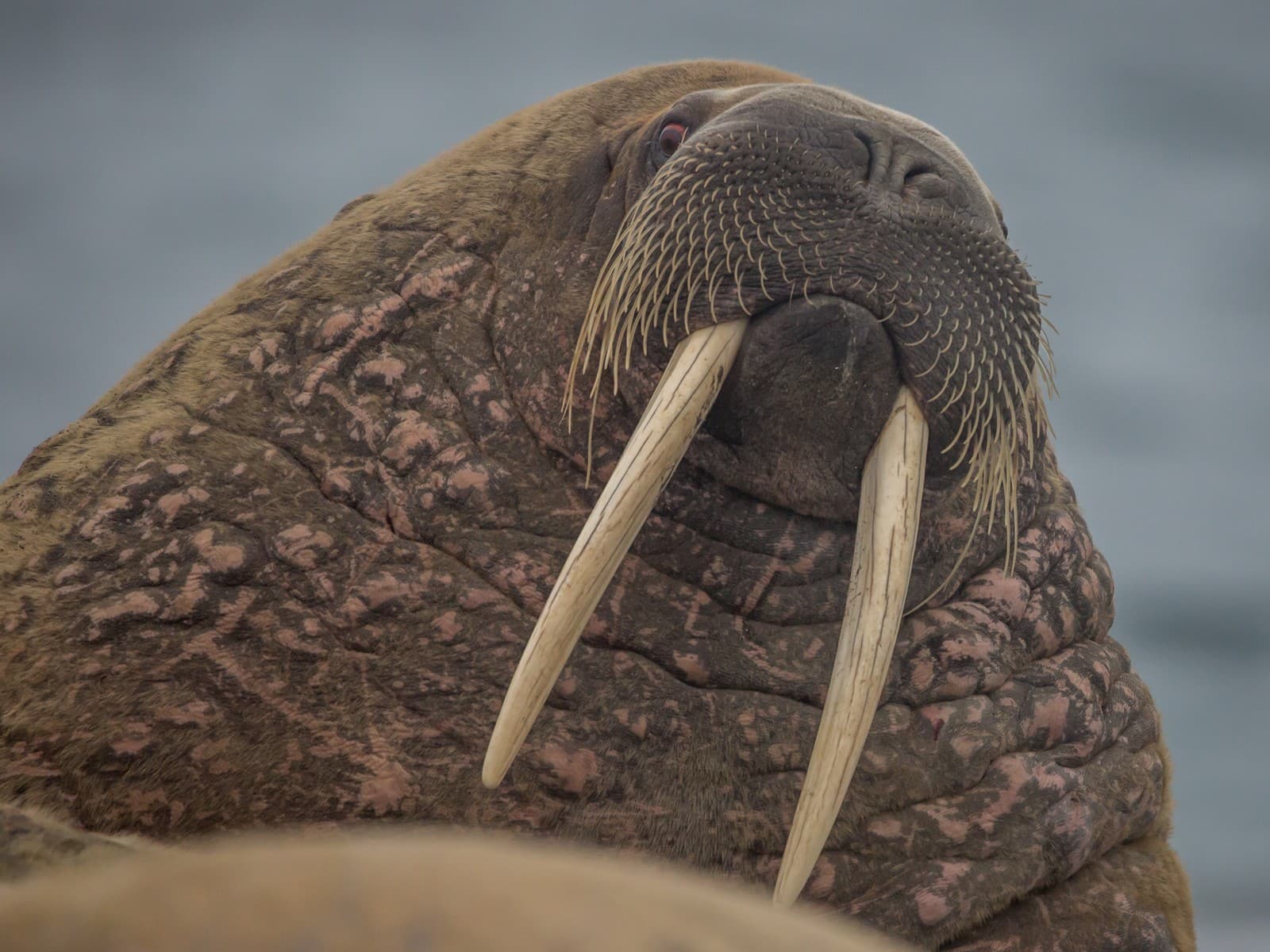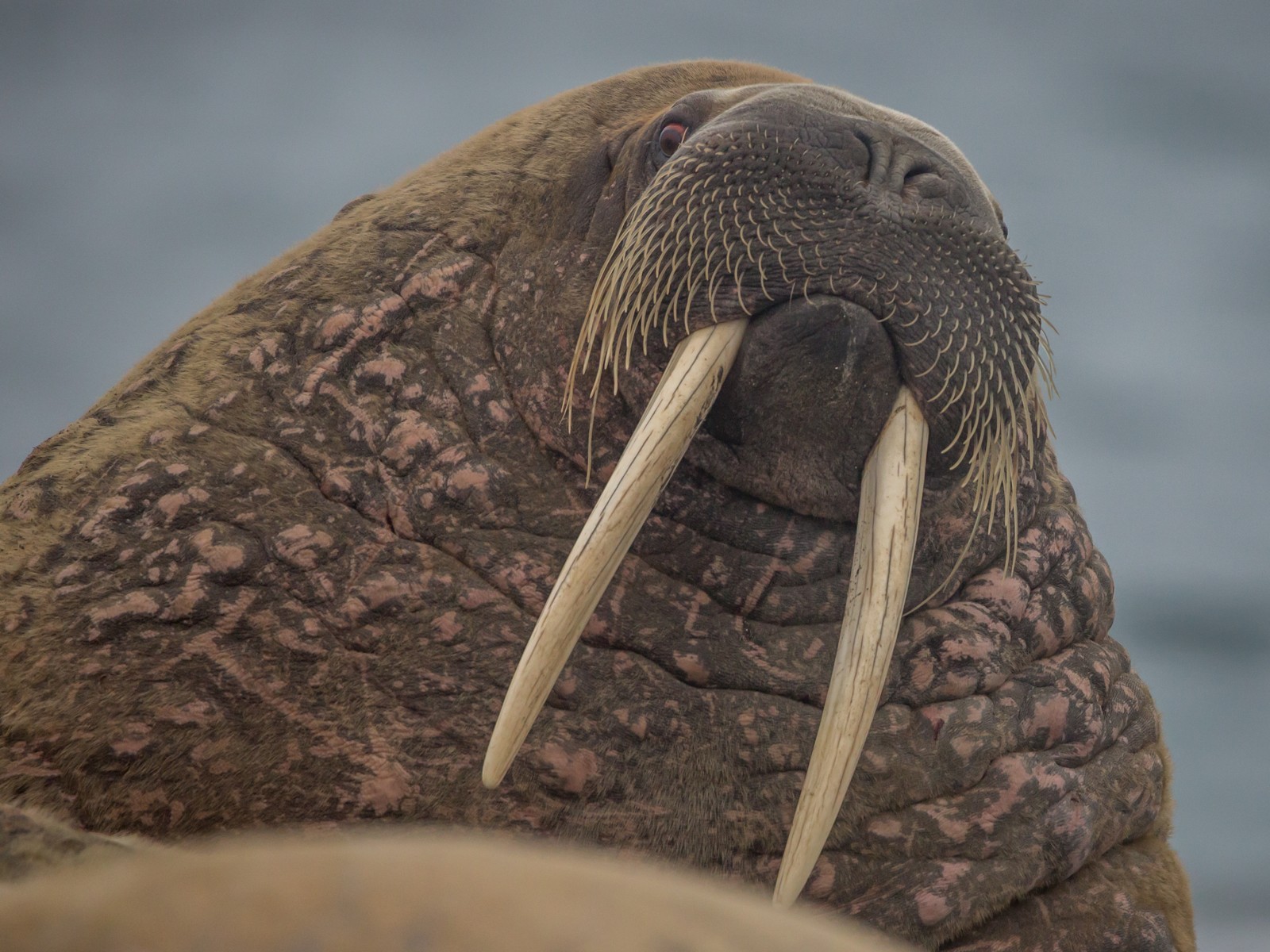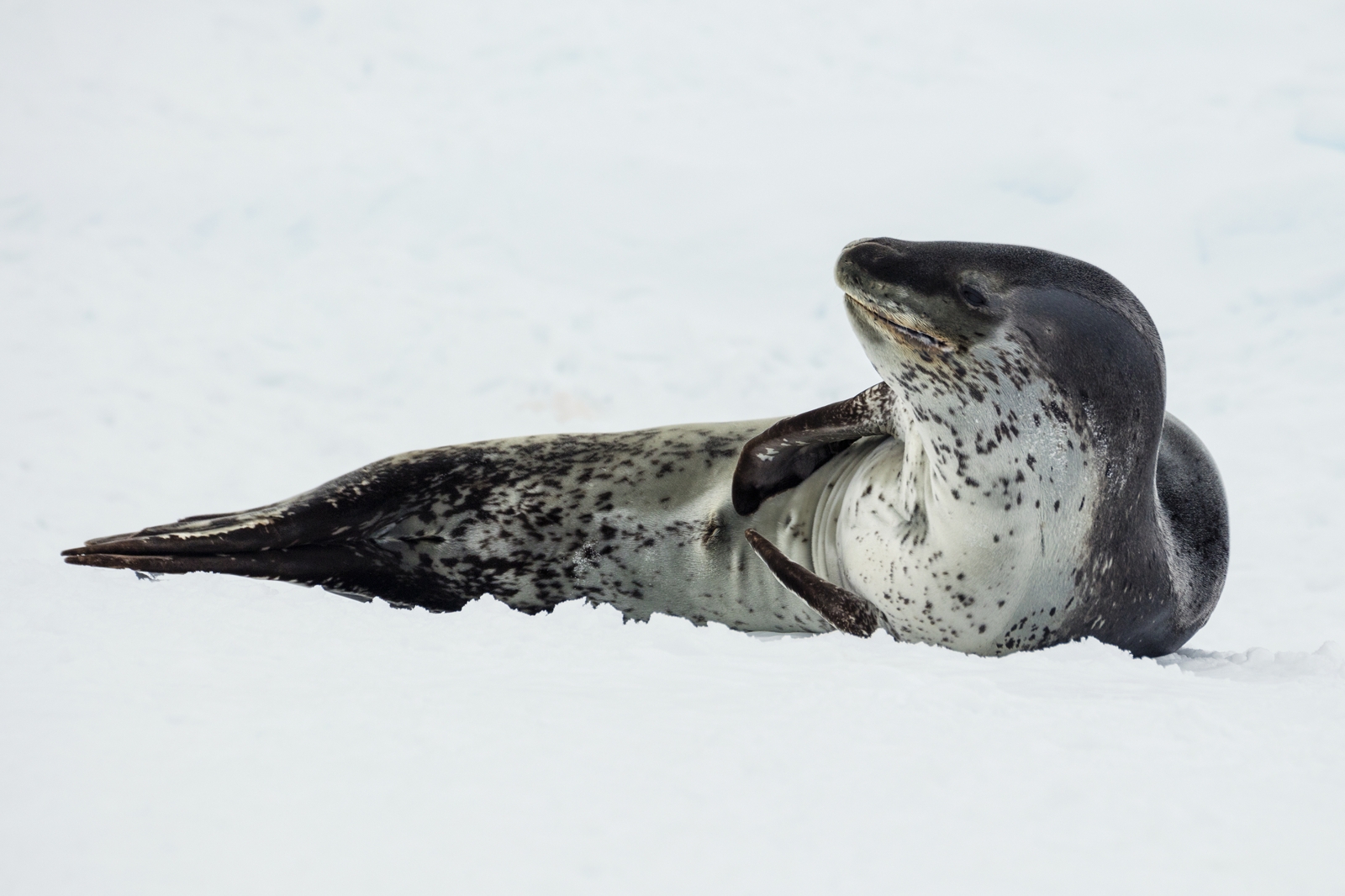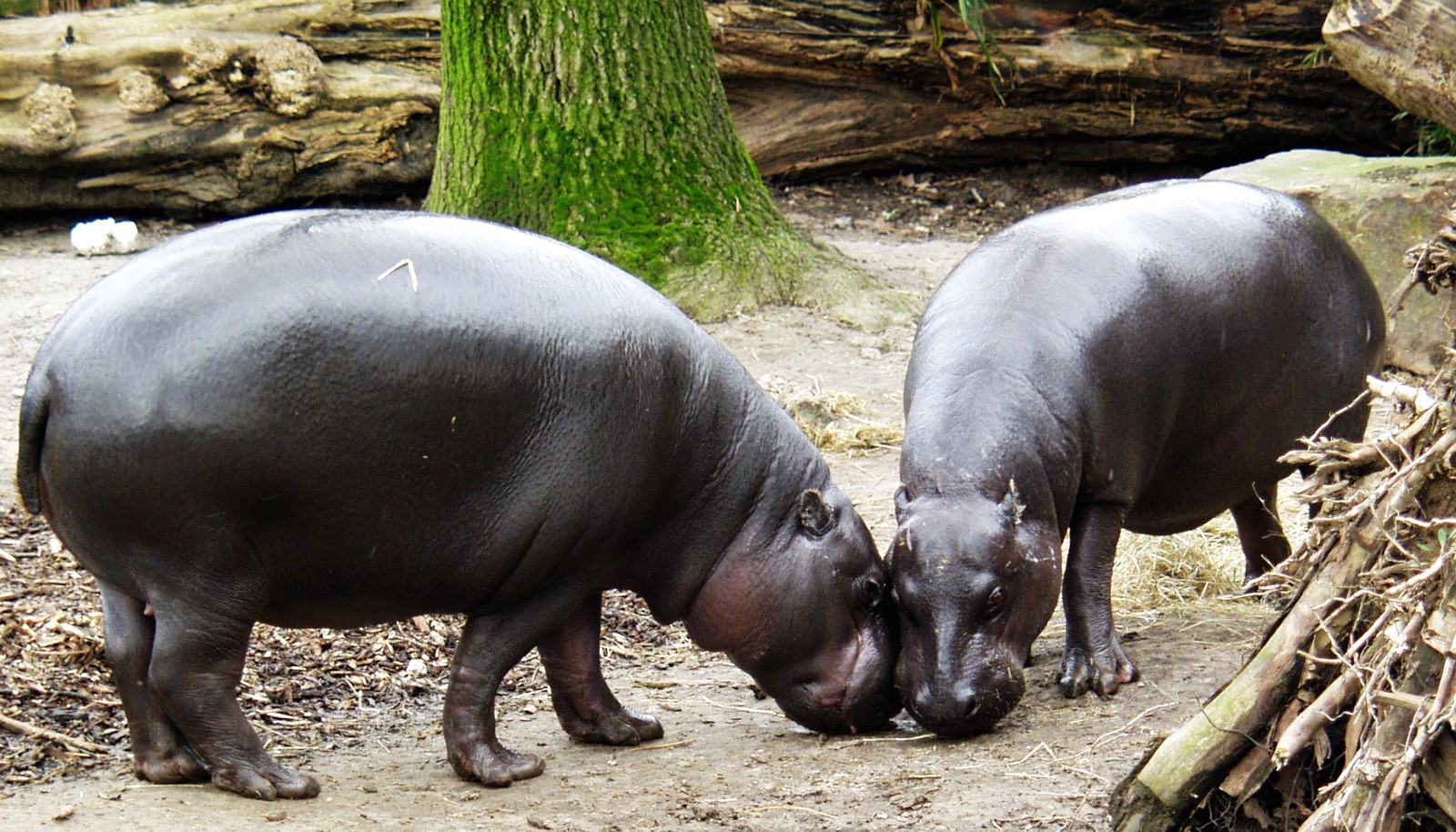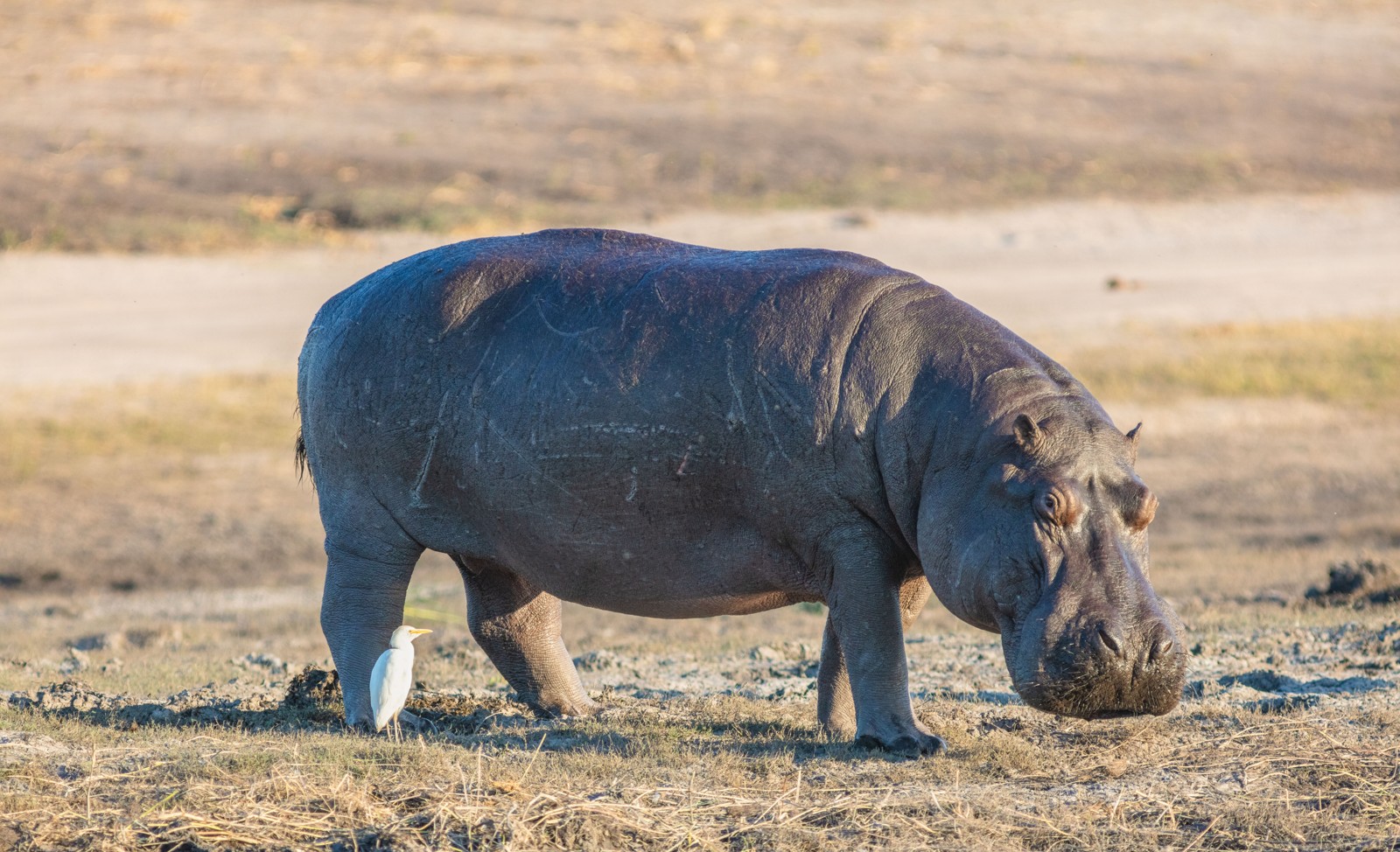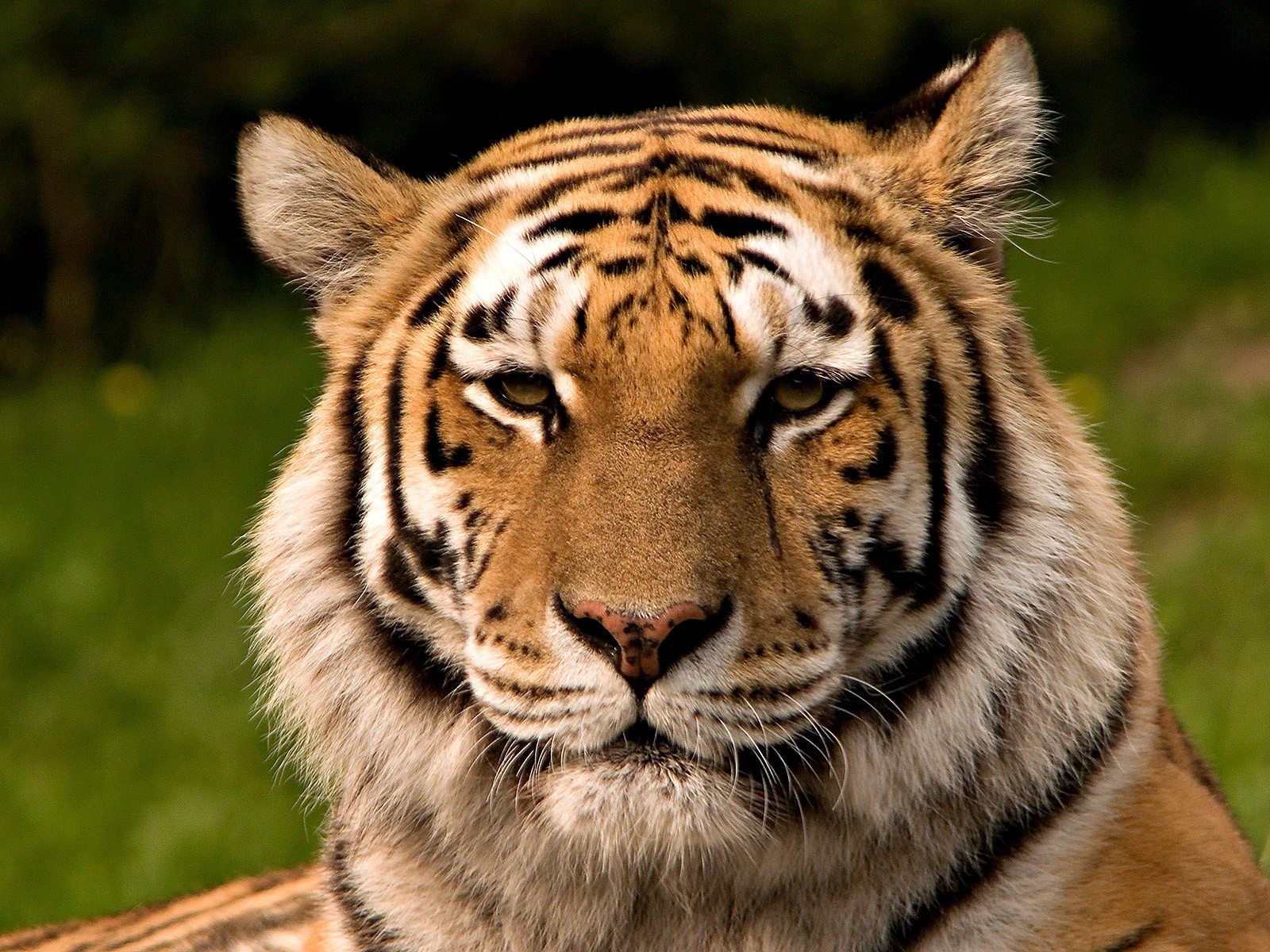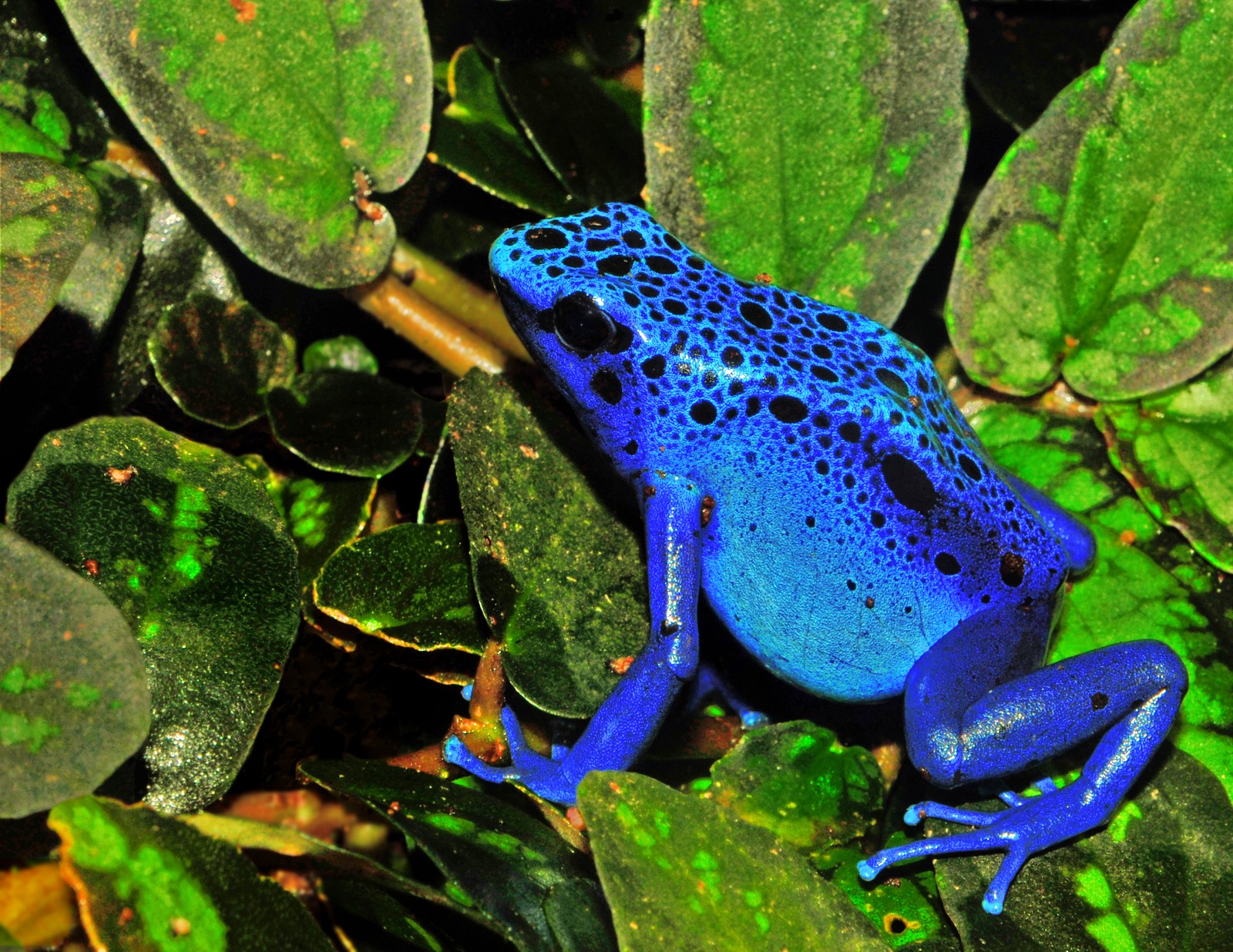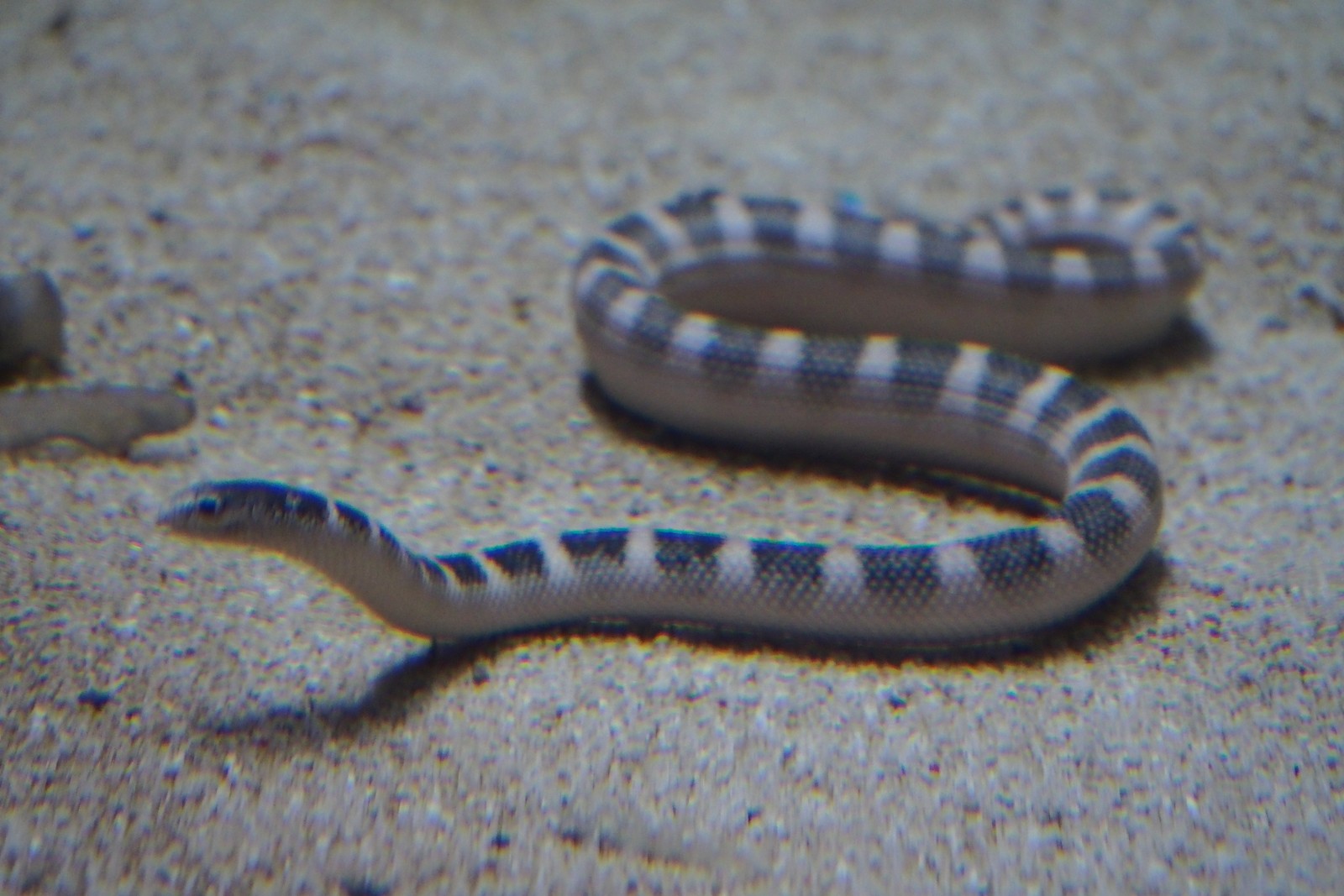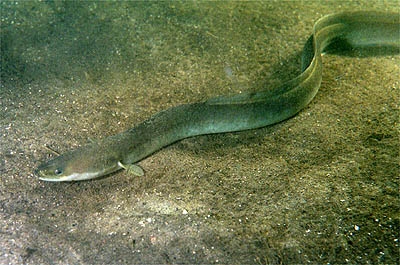Elephant Seal vs Walrus: A Complete Comparison
When comparing elephant seals vs walruses, we’re examining two of the ocean’s most impressive pinnipeds. While both are massive marine mammals, they differ significantly in size, appearance, and behavior. Southern elephant seals can reach lengths of 20 feet (6.1 meters) and weigh up to 8,800 pounds (4,000 kg), while walruses typically grow to 12 feet (3.7 meters) and weigh around 3,700 pounds (1,700 kg).
These marine giants have evolved distinct features for their respective lifestyles. Elephant seals are characterized by their massive proboscis and streamlined bodies adapted for deep diving, while walruses are immediately recognizable by their long tusks and whisker-covered faces designed for bottom feeding.
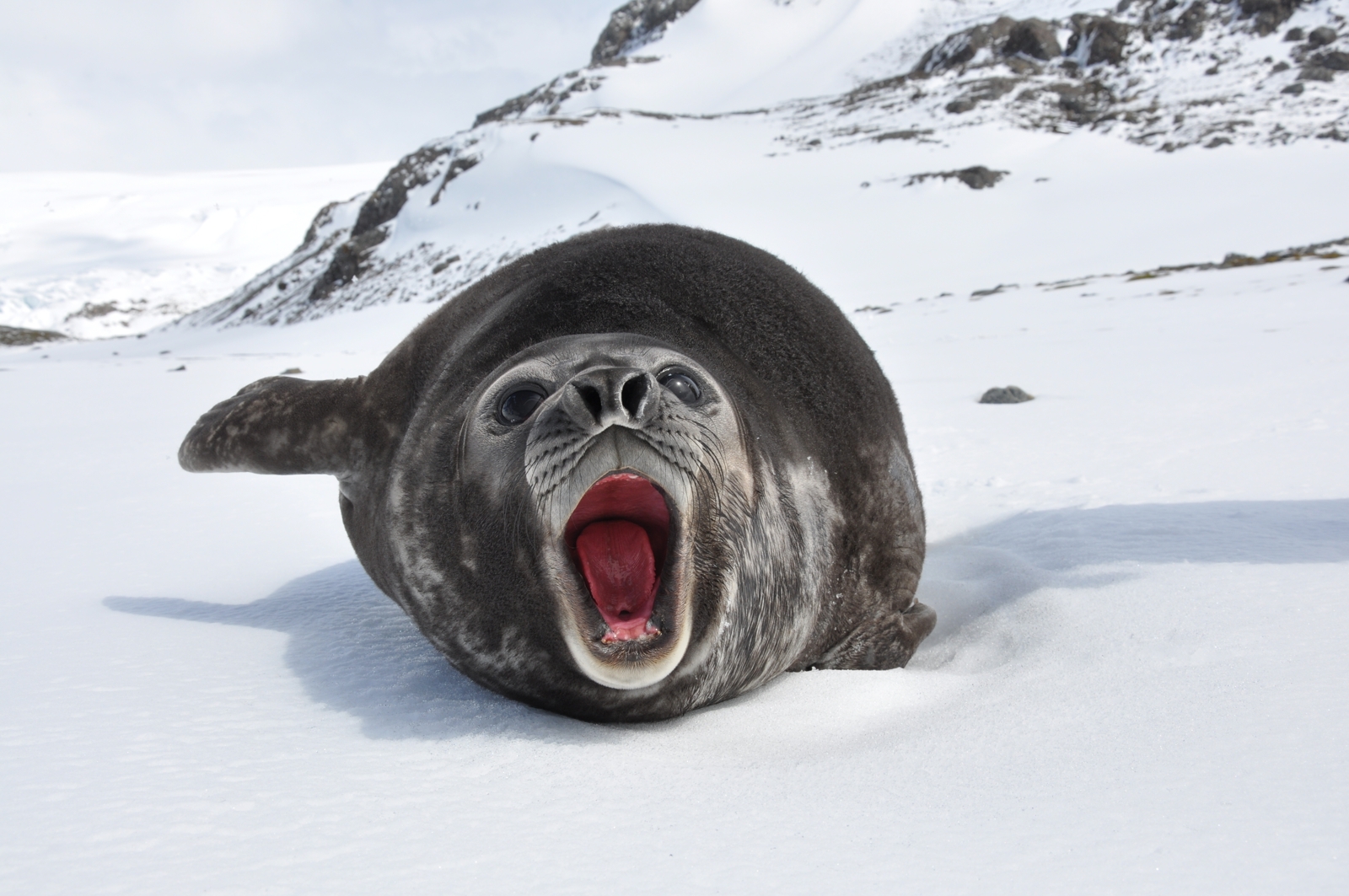
© Butterfly austral - Serge Ouachée / CC BY-SA 3.0
The elephant seal demonstrates the characteristic features that make it a master of deep diving, including its streamlined body shape and distinctive proboscis. These adaptations allow it to reach depths of up to 7,835 feet (2,388 meters) during hunting dives.
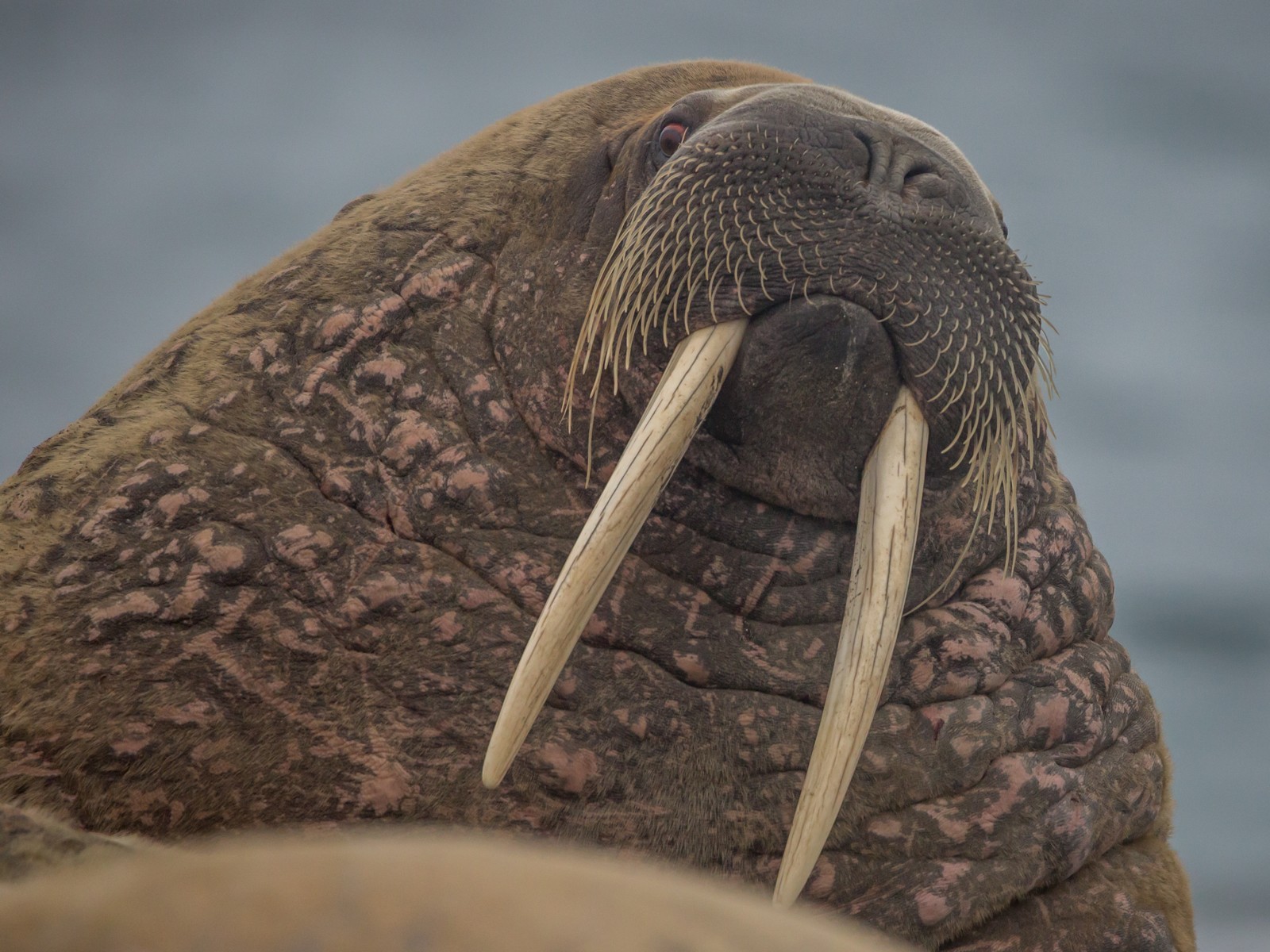
© AWeith / CC BY-SA 4.0
The walrus showcases its iconic tusks and sensitive whiskers, essential tools for its bottom-feeding lifestyle. These specialized features help it locate and extract mollusks from the seafloor in the frigid Arctic waters.
Key Differences: Elephant Seal vs Walrus
| Feature | Elephant Seal | Walrus |
|---|---|---|
| Maximum Size | 20 ft (6.1 m) | 12 ft (3.7 m) |
| Weight | Up to 8,800 lbs (4,000 kg) | Up to 3,700 lbs (1,700 kg) |
| Distinctive Features | Large proboscis (males) | Long tusks (both sexes) |
| Diving Depth | Up to 7,835 ft (2,388 m) | Up to 295 ft (90 m) |
| Diet | Fish, squid, sharks | Clams, mollusks, occasional fish |
| Habitat | Sub-Antarctic to Arctic waters | Arctic waters only |
Habitat and Distribution
Elephant seals and walruses occupy different regions of the world’s oceans. Elephant seals are found in both hemispheres, with southern elephant seals inhabiting sub-Antarctic waters and northern elephant seals ranging from Alaska to Mexico. Walruses, however, are strictly Arctic creatures, found in the northern polar regions around Alaska, Canada, Greenland, and Russia.
Hunting and Feeding Behavior
The feeding strategies of these marine mammals couldn’t be more different. Elephant seals are active predators, diving deep into the ocean to hunt fish, squid, and even small sharks. Their streamlined bodies and excellent underwater vision make them efficient hunters in the deep ocean.
Walruses, by contrast, are primarily bottom feeders. Using their sensitive whiskers (called vibrissae) to detect prey, they rely on their tusks to dig through seafloor sediments for mollusks and clams. A walrus can consume up to 6,000 clams in a single feeding session.
Diving Capabilities
When it comes to diving abilities, elephant seals are the clear champions. They can dive to extraordinary depths of 7,835 feet (2,388 meters) and stay underwater for up to 2 hours. This remarkable ability is supported by their specialized blood chemistry and collapsible lungs.
Walruses typically dive to much shallower depths, usually no more than 295 feet (90 meters), and stay submerged for about 30 minutes. Their diving behavior is directly linked to their bottom-feeding lifestyle in shallow Arctic waters.
Social Structure and Breeding
Both species exhibit fascinating social behaviors, particularly during breeding season. Male elephant seals engage in dramatic battles for breeding rights, using their massive size and proboscis in violent confrontations. These fights can last for hours and often result in serious injuries.
Walruses are more socially oriented, often gathering in large groups called “haulouts” that can number in the thousands. While males do compete for mates, their conflicts typically involve ritualized tusk displays and vocalizations rather than the all-out battles seen in elephant seals.
Conservation Status and Threats
Both species face challenges from climate change and human activities. Elephant seals have recovered significantly from near extinction in the 19th century, though they remain vulnerable to ocean temperature changes affecting their prey distribution.
Walruses face more immediate threats from Arctic ice loss, which affects their breeding grounds and access to feeding areas. They are considered “vulnerable” by the International Union for Conservation of Nature (IUCN), with climate change posing the greatest threat to their survival.
Through understanding these remarkable marine mammals and their distinct adaptations, we can better appreciate their roles in marine ecosystems and the importance of their conservation for future generations.
